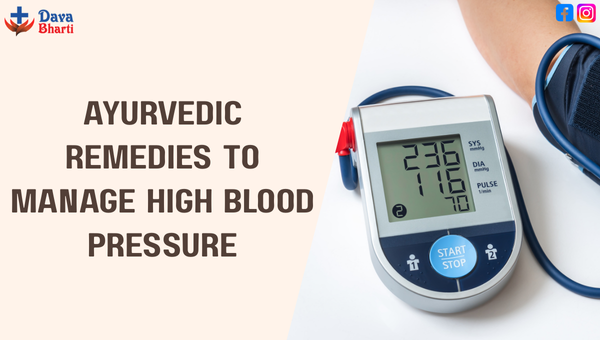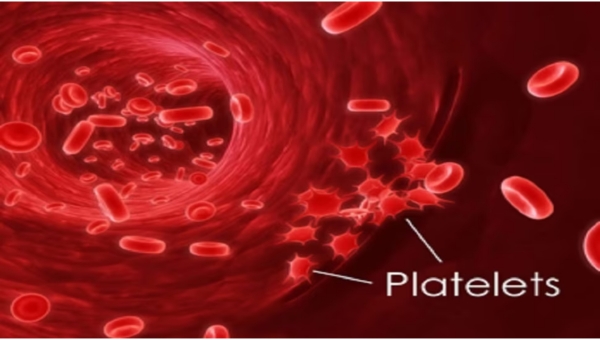Thrombocytopenia: Causes, Symptoms, and Treatment
Oct 14, 2023
Thrombocytopenia: Causes, Symptoms, and Treatment
Thrombocytopenia: A Low Platelet Count
Low levels of platelets in the body are known as Thrombocytopenia. Platelets is a type of blood cell, helps in blood clot and stop bleeding. People tend to bleed more readily when their platelet count is low.
Adults typically have between 1,50,000 and 4,50,000 platelets per microliter of blood. A platelet counts below 1,50,000 indicates Thrombocytopenia.
- The reasons of Thrombocytopenia are numerous. The most typical causes include the following. Medicines like anti-seizure medicines and chemotherapy drugs.
- Autoimmune diseases, such as Lupus and Rheumatoid arthritis
- Infections, such as HIV and Hepatitis C
- Diseases of the bone marrow, like Leukemia and Aplastic anemia.
- Spleen disorders, such as Hypersplenism
- Idiopathic Thrombocytopenic Purpura (ITP), a condition in which the body's immune system attacks the platelets.
The symptoms of Thrombocytopenia vary depending on the severity of the condition. Some people with mild Thrombocytopenia may not have any symptoms. Others may experience:
Easy Bruising: With a reduced number of platelets, even minor injuries can result in excessive bruising.
Nose and Gum Bleeding: Spontaneous nosebleeds and bleeding gums may occur.
Petechiae: These are tiny red or purple spots on the skin, often seen in clusters.
Prolonged Bleeding: Even minor cuts or injuries may lead to prolonged bleeding.
Heavy Menstrual Periods: Women with Thrombocytopenia may experience heavier-than-normal menstrual bleeding.
Blood in Urine or Stool: Gastrointestinal or urinary bleeding can occur.
Fatigue: Anemia can accompany Thrombocytopenia, leading to fatigue and weakness.
It's critical to schedule an immediate appointment with a doctor if you encounter any of these symptoms. Thrombocytopenia can be a serious condition, but it is usually treatable.
The underlying reason will determine the course of treatment for Thrombocytopenia. In some cases, the platelet count will return to normal on its own. In other cases, medications and surgery may be necessary.
Medications that may be used to treat Thrombocytopenia include:
- Corticosteroids, such as Prednisone
- Immunosuppressants, such as Azathioprine
- Rituximab, a monoclonal antibody that targets the immune system
- Platelet transfusions
- Splenectomy, a surgery to remove the spleen
Depending on the underlying reason and the severity of the illness, the prognosis for those who have Thrombocytopenia varies. Mild Thrombocytopenia typically results in full recovery. However, recovery could be more challenging for those with severe Thrombocytopenia or underlying medical issues.
If you have been given a Thrombocytopenia diagnosis, it's crucial that you closely adhere to your doctor's recommendations. This could entail taking medicine, abstaining from some pursuits, and undergoing routine blood testing. You can control your disease and avoid problems by coordinating your care carefully with your doctor.
Diagnosis and Treatment:
Diagnosing Thrombocytopenia typically involves a combination of a medical history review, physical examination, and blood tests. Once diagnosed, the underlying cause and severity of the condition must be determined to guide treatment. Treatment options can include:
Addressing Underlying Causes: If an underlying condition such as an infection or nutritional deficiency is causing Thrombocytopenia, treating that condition may resolve the platelet issue.
Medications: In cases of Idiopathic Thrombocytopenic Purpura (ITP), medications that suppress the immune system's response may be prescribed. Corticosteroids, immune globulin, and newer drugs like thrombopoietin receptor agonists are common choices.
Platelet Transfusions: In severe cases or during active bleeding, platelet transfusions can quickly raise platelet counts and prevent life-threatening complications.
Splenectomy: In cases of sequestration or certain immune disorders, removing the spleen may be necessary.
Bone Marrow Transplant: For severe cases with bone marrow disorders, a bone marrow transplant may be considered.
Lifestyle Modifications: Patients are often advised to avoid activities that can lead to injuries and bleeding, as well as to maintain a balanced diet and overall good health.
Conclusion:
The medical illness of Thrombocytopenia has a number of underlying causes and potential symptoms. To manage the illness and avoid consequences, prompt diagnosis and effective treatment are essential. It's critical to see a healthcare provider for a complete evaluation and individualized treatment plan if you think you may have Thrombocytopenia or are exhibiting any of the above symptoms. Keep in mind that people with Thrombocytopenia can greatly improve their outcomes with early care.
Recent Post

Ayurvedic Remedies To Manage High Blood Pressure

Best Ayurvedic Tips for Weight Loss

How to Store Medicines at Home Safely and Effectively

Your Ultimate Guide To A Balanced Diet For Diabetes

Ayurvedic Skincare Tips: Say Goodbye to Dry & Itchy Skin This Winter

Winter Wellness: Staying Healthy During the Cold Months

Natural Remedies for Mental Wellness Top Ayurvedic Solutions

Men’s Health Awareness: Natural Approaches to Boost Energy, Vitality, Prostate Health, and Mental Wellness

Overweight and Obesity: Causes, Impact, and Solutions

Detoxing Your Body: A Natural Path to Health and Wellness


